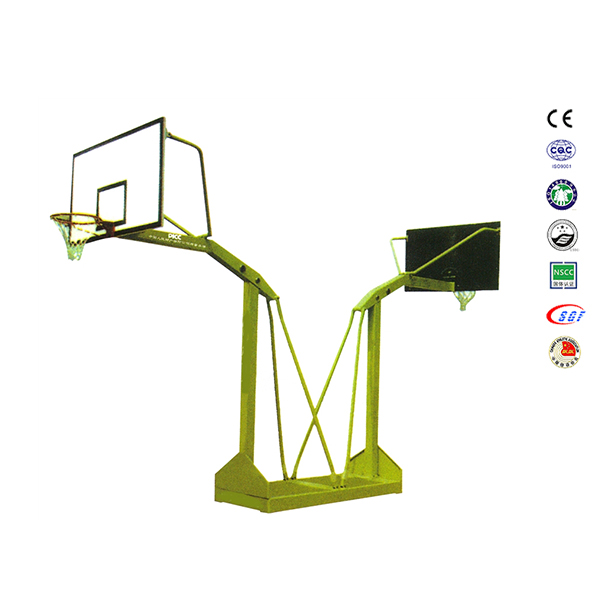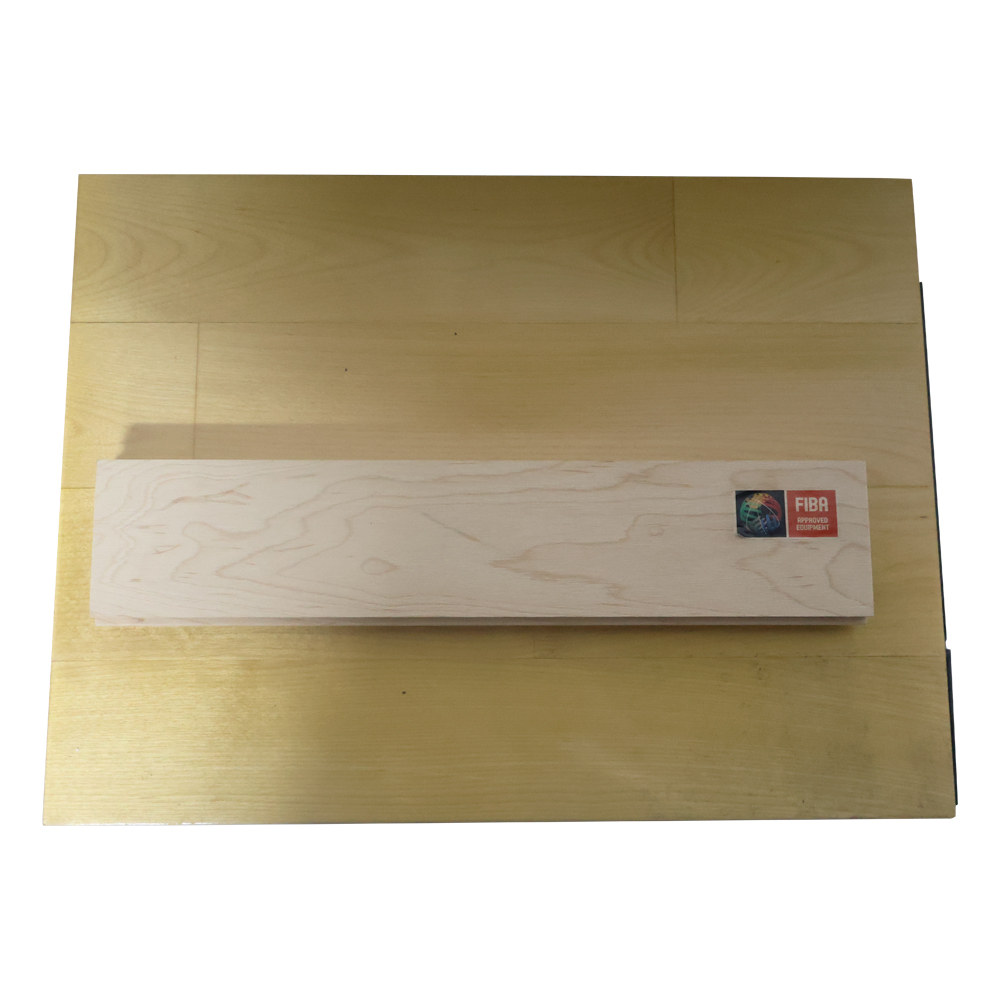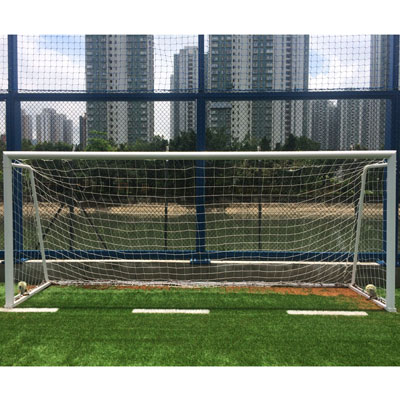Product
11 a side football goal post size in meters
Basic Info
Goal: The size of the goal is 7.23 * 2.44m, and the 11 player football goal produced by Sevei Sports is made of stainless steel or aluminum alloy material.
Mid circle: The mid circle is located in the middle of the field with a radius of 9.15m.
Restricted area: The size of the restricted area is 40.32 * 16.5m, and the baseline is 16.5m away from the goalpost.
Corner kick zone: The radius of the corner kick zone is 1m, and it is 13.84m away from the penalty area.
Goal area: The goal size is 18 * 32 * 505m, with the baseline 5.5m away from the goalpost.
Penalty spot: The penalty spot is 11 meters away from the goal line.
Penalty arc: A penalty arc is a semicircle drawn with a radius of 9.15 meters centered on the penalty spot.
Folding Portable Football Goal
Why is football played by 11 people?
This story must start from Florence in the 16th century. At that time, the army of the Holy Roman Empire surrounded Florence with the aim of restoring the Medici family supported by Charles V to the throne of rulers.The prolonged siege has led to increasing panic and frustration among the people in the city. So the clever Florentines came up with an idea, bringing the classical football match that was originally held during the carnival to the imperial army. Show the invaders your muscular strength and unyielding determination, telling them that Florence has no trouble and there is still room for fun. Although Charles V ultimately conquered the city, the Florentine spirit expressed through classical football has survived forever. Not only is the spirit still there, but this sport is still ongoing today.
Florence classical football has 27 players per team and the game lasts for 50 minutes. The rules are simple, as long as you bring the ball to the opponent's goal area, there are no restrictions on the rules, as long as you don't kill anyone. Compared to others, Da Song's football culture is much more civilized.
At that time, football was also known as cuju, and the white kicking technique was very popular in the Song Dynasty. The saying "kick a hundred thousand heads, and a hundred boats will be solved" refers to using the head, shoulders, back, chest, knees, legs, feet, etc. to complete a complete set of kicking techniques. In Shi Nai'an's "Water Margin", Gao Qiu rose to fame by playing football and became a captain. Gao Qiu has excellent football skills and was promoted to the rank of Palace Captain due to playing football with Emperor Huizong of Song, making him one of the earliest famous generals.
However, our football at that time did not have a fixed number of players or complete rules. The true 11-a-side game can be traced back to 19th century England, where most matches were played in schools. The school is concerned that these students have too much energy, so it often organizes sports competitions that consume a lot of physical strength.

These competitions were all held in dormitories, and initially there was no requirement for 11 people, usually between 10 and 20 people. At this point, some written regulations had already emerged, such as the Cambridge Rules for the 1848 Cambridge Games and the Sheffield Rules based on clubs in 1858.
It was not until 1863 that 11 English clubs established the world's first football association, the English Football Association, and unified the rules of football. People call this day the birth day of modern football. So, the 11-a-side system was officially introduced as part of the rules at the first English FA Cup in 1871. With the gradual expansion of the influence of the FA Cup, a series of game rules including the 11-a-side system have gradually become the mainstream rules in the UK.
It was not until December 6, 1882, that the Council of International Football Associations (IFAB) was established. This is a council jointly established by the Football Associations of Scotland, Wales, and Ireland. It was at this council that the rules of 11-a-side matches were truly confirmed. After 1904, FIFA announced its adherence to the competition rules of the International Federation of Football Associations, and since then 11-a-side has become a universal rule in world football.
Of course, there are practical considerations for limiting the number of football players in addition to convention. It is reported that experts have found through repeated experiments that the most ideal personnel configuration for a football field (usually around 105m long and 68m wide) is to have 20 people running and kicking the ball, with 2 people guarding the goal. Seven person and five-a-side football fields are arranged in descending order.

There is also an important rule regarding the number of players on the field: if four or more players from one side are sent off, the match ends immediately. If the team with fewer than 7 players wins, it is awarded 3-0 to the opposing team. If there are fewer than three winning goals, the game is awarded 3-0. If the opposing team has a goal difference of more than three goals at the time, the game ends immediately based on the score at the time.
On October 13, 2013, in a rare farce, five players from the Qinghai Sianke team were sent off with red cards in a quarterfinal match of the China B League, forcing the match to end early. This is also the first time since the professionalization of Chinese soccer in 1994 that a referee has sentenced a player and ended a game early.
In fact, whether it is five-man, seven-man, eleven-man, or when Xiong Sir in the village on the threshing floor to kick the wild ball, the biggest charm of soccer is that it is a collective sport, is the teamwork, is 11 people in the heart of the common ideals!
More LDK football product recommendations:
Football Cage
Futsal Goals
Metal Football Goal
Aluminum Football Goal
Foldable Football Goal
Portable Football Goal
Mini Football Goal
Futsal Goals
Metal Football Goal
Aluminum Football Goal
Foldable Football Goal
Portable Football Goal
Mini Football Goal
LDK sports equipment manufacturer's promotion is in progress: Click to contact us now














